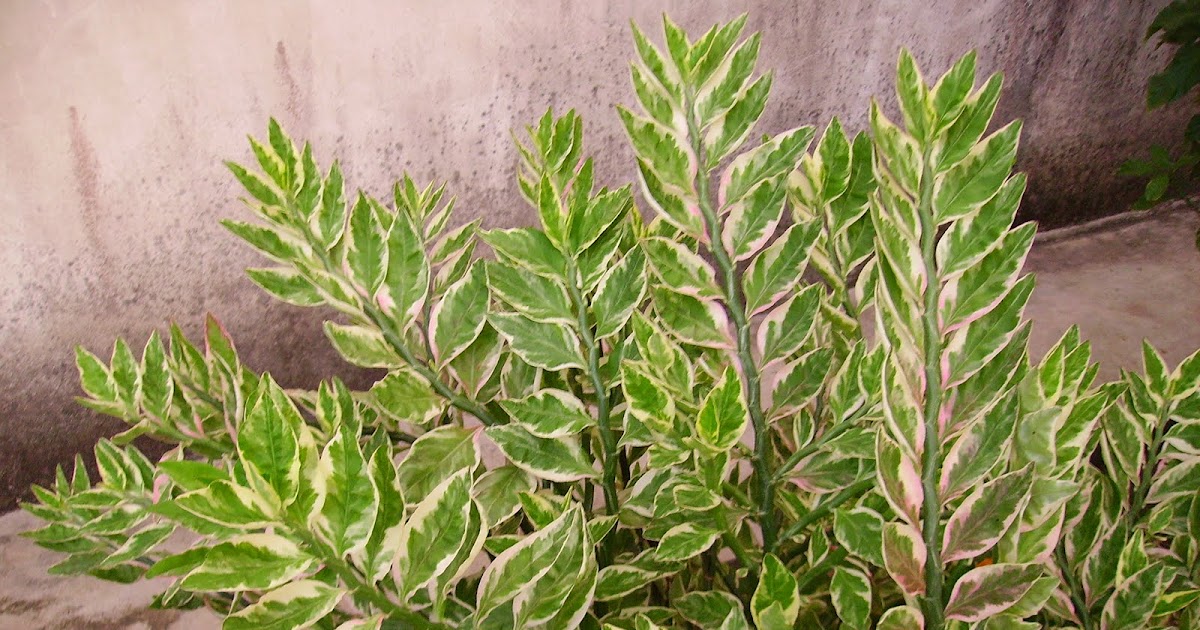
Zigzag Plant, scientifically known as Euphorbia tithymaloides, is a fascinating species that captivates plant enthusiasts with its unique features and characteristics. This extraordinary plant, native to the Caribbean, is famous for its distinctive zigzag-shaped stems and vibrant leaf bracts that come in various colors, including green, red, yellow, and orange.
Not only does the Zigzag Plant serve as an intriguing ornamental addition to gardens and indoor spaces, but it also boasts several remarkable qualities that make it a standout among other plants. From its ability to thrive in diverse environments to its historical and cultural significance, this article will unveil 16 astounding facts about the Zigzag Plant that will leave you in awe of nature’s wonders.
Key Takeaways:
- The Zigzag Plant, with its unique growth pattern and vibrant foliage, is an easy-to-care-for succulent that brings good luck and purifies indoor air. It’s a resilient, low-maintenance plant perfect for forgetful plant owners!
- Originating from the Americas, the Zigzag Plant is not only a stunning ornamental houseplant but also a natural garden pest repellent with potential medicinal uses. It’s a versatile, drought-tolerant plant that symbolizes prosperity and positive energy.
Zigzag Plant’s Unique Growth Pattern
The Zigzag Plant, scientifically known as Euphorbia tithymaloides, derives its name from the distinctive zigzag pattern in which its stems grow. It is truly a sight to behold!
Origin and Diversity
Zigzag Plants are native to the Americas and can be found in various regions such as Central America, South America, the Caribbean, and parts of the southern United States.
Ornamental Value
Due to its unique growth pattern and vibrant foliage, the Zigzag Plant has gained popularity as an ornamental houseplant. Its variegated leaves and attractive colors make it a stunning addition to any indoor space.
Succulent Characteristics
The Zigzag Plant falls under the category of succulent plants, characterized by its ability to store water in its leaves and stems. This adaptation allows it to thrive in dry and arid conditions.
Medicinal Uses
In traditional medicine, certain parts of the Zigzag Plant have been used for their potential healing properties. Its sap has been used to treat skin irritations, burns, and even as a traditional remedy for earaches.
Eco-Friendly Plant
Zigzag Plants are known for their air-purifying qualities, helping to improve indoor air quality by reducing toxins and pollutants.
Easy to Care For
One of the reasons the Zigzag Plant has become a favorite among plant enthusiasts is its low maintenance nature. It requires minimal watering and can adapt to a variety of light conditions.
Propagation
Zigzag Plants can be easily propagated through stem cuttings. Simply take a cutting from a healthy stem, allow it to dry out for a few days, then place it in a well-draining soil mix.
A Symbol of Good Luck
In some cultures, the Zigzag Plant is believed to bring good luck and ward off negative energy. It is often gifted to symbolize prosperity and positive energy.
Tolerant of Neglect
If you tend to forget about your plants from time to time, the Zigzag Plant might be the perfect choice. It is known for its resilience and ability to tolerate periods of neglect.
Toxicity Warning
While the Zigzag Plant is relatively safe to have around, it should be handled with care as its milky sap can cause skin irritation and is toxic if ingested. Keep it out of reach of children and pets.
Unique Flowers
When in bloom, the Zigzag Plant produces small, inconspicuous flowers surrounded by brightly colored modified leaves called bracts. These bracts contribute to its overall visual appeal.
Drought-Tolerant Nature
Thanks to its succulent characteristics, the Zigzag Plant is well-adapted to survive in dry and drought-prone environments. It can withstand extended periods of water scarcity.
Versatile Growth Habit
The Zigzag Plant can be grown both indoors and outdoors, making it a versatile plant choice for any gardener. It can be displayed as a potted plant or planted directly in the ground.
Folklore and Traditions
In certain cultures, the Zigzag Plant holds symbolic meaning. It is believed to bring prosperity, success, and positive energy to households and is often included in rituals and celebrations.
Natural Garden Pest Repellent
The Zigzag Plant is known to repel certain insects and pests, making it a valuable addition to natural pest control strategies in gardens and landscapes.
Conclusion
In conclusion, the zigzag plant is truly a fascinating and unique addition to any garden or indoor space. Its distinctive zigzag pattern, vibrant colors, and ability to thrive in various environments make it a popular choice among plant enthusiasts. Whether you’re looking to add a touch of tropical beauty to your backyard or create an eye-catching focal point indoors, the zigzag plant is sure to impress. With its remarkable adaptability and stunning aesthetic appeal, it’s no wonder why this plant continues to captivate people around the world.
FAQs
Q: How do I care for a zigzag plant?
A: The zigzag plant requires bright, indirect light and well-draining soil. Keep the soil consistently moist but not soggy, and avoid overwatering. It thrives in temperatures between 65-80°F (18-27°C) and prefers moderate humidity.
Q: Can I grow zigzag plants indoors?
A: Yes, zigzag plants can be grown indoors. They tolerate lower light conditions but still require some indirect sunlight. Ensure good air circulation around the plant and avoid placing it near drafts or heat sources.
Q: How often should I fertilize my zigzag plant?
A: Fertilize your zigzag plant every two to four weeks during the growing season (spring and summer) with a balanced, water-soluble fertilizer. During the dormant season, reduce fertilization to once a month or stop altogether.
Q: Can I propagate a zigzag plant?
A: Yes, the zigzag plant can be easily propagated through stem cuttings. Take a four to six-inch cutting from a healthy plant, remove the lower leaves, and place it in a glass of water or moist soil. Keep the cutting in a warm and humid environment until it develops roots.
Q: Is the zigzag plant toxic to pets?
A: Yes, the zigzag plant is considered toxic to cats and dogs if ingested. It contains calcium oxalate crystals, which can cause irritation and swelling in the mouth and throat. Keep it out of reach of pets or opt for pet-safe plants if you have furry friends at home.
If you're fascinated by the Zigzag Plant's unique characteristics, why not explore more intriguing facts about houseplants, tropical plants like bromeliads, or the joys of indoor gardening? Discover a world of botanical wonders and bring nature's beauty into your home.
Was this page helpful?
Our commitment to delivering trustworthy and engaging content is at the heart of what we do. Each fact on our site is contributed by real users like you, bringing a wealth of diverse insights and information. To ensure the highest standards of accuracy and reliability, our dedicated editors meticulously review each submission. This process guarantees that the facts we share are not only fascinating but also credible. Trust in our commitment to quality and authenticity as you explore and learn with us.


